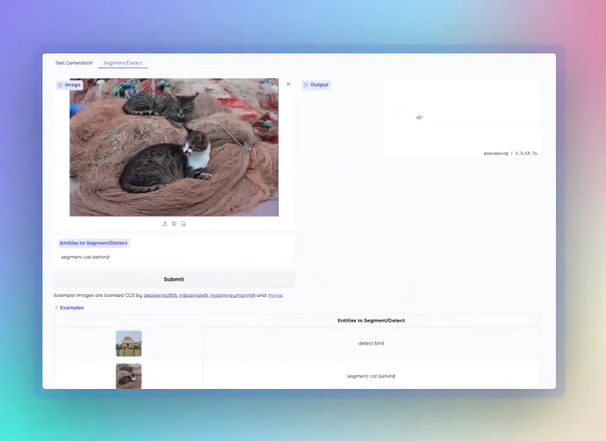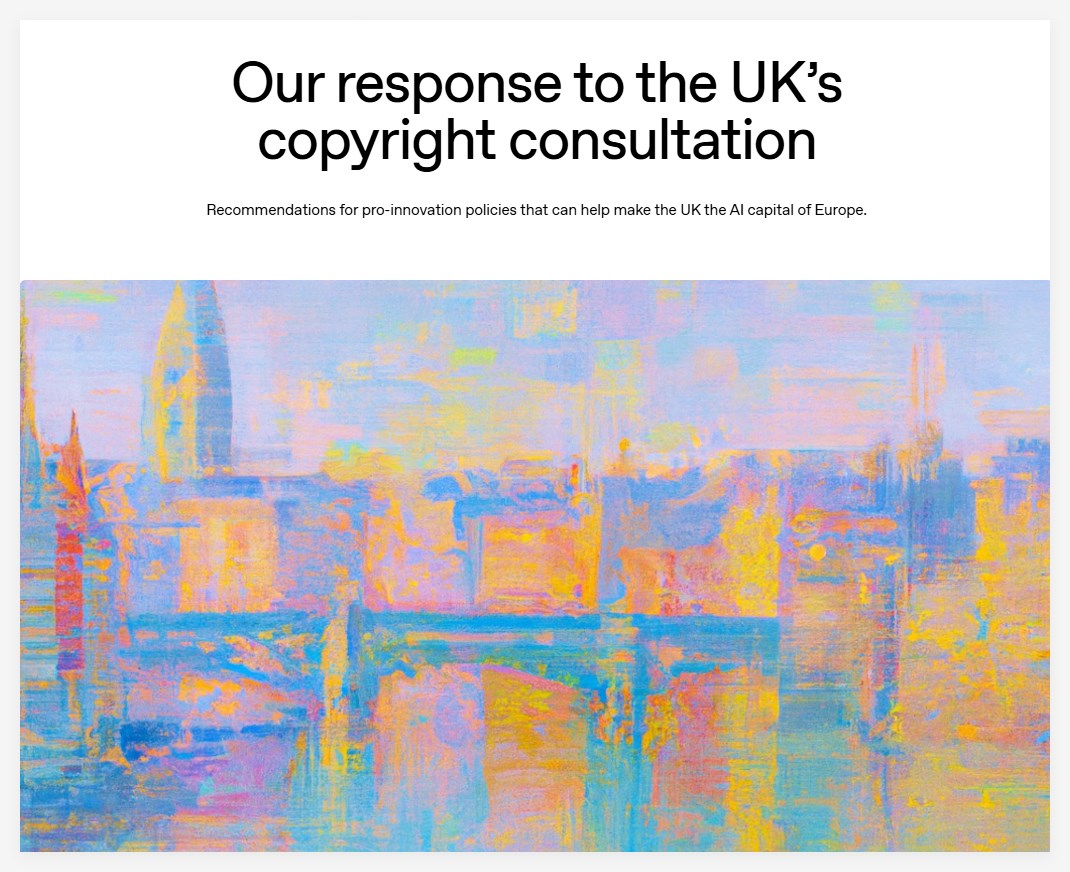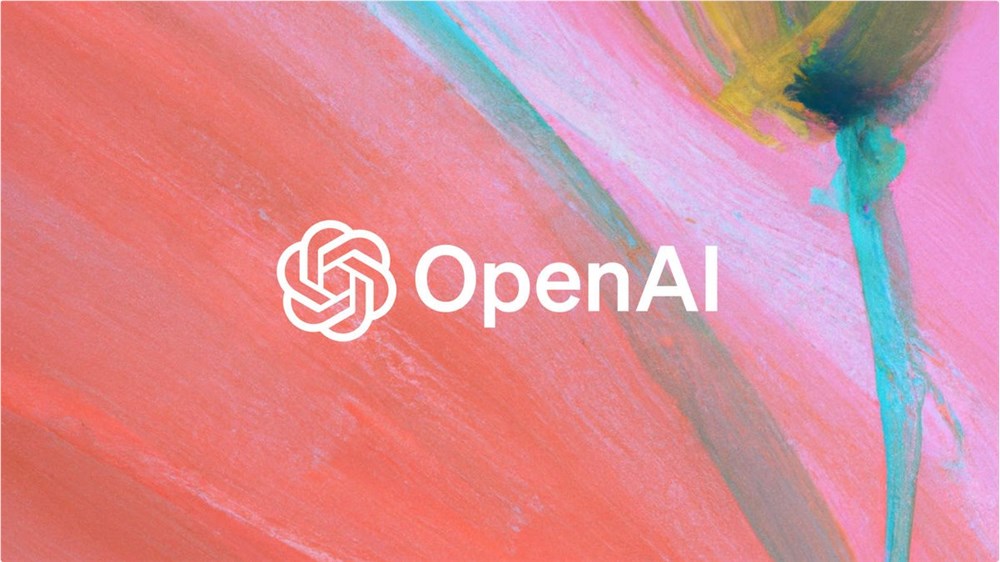Recently, Google announced the launch of a brand new Vision-Language Model (VLM) called PaliGemma2Mix. This model integrates image processing and natural language processing capabilities, allowing it to understand visual information and text input simultaneously, and generate corresponding outputs as needed. This marks a further breakthrough in artificial intelligence technology for multitasking.
PaliGemma2Mix is incredibly powerful, incorporating various vision-language tasks such as image description, optical character recognition (OCR), image question answering, object detection, and image segmentation, making it suitable for multiple application scenarios. Developers can use this model directly through pre-trained checkpoints or fine-tune it according to their needs.

This model is optimized based on the previous PaliGemma and specifically adjusted for mixed tasks, aiming to allow developers to easily explore its powerful capabilities. PaliGemma2Mix offers three parameter sizes for developers to choose from: 3B (3 billion parameters), 10B (10 billion parameters), and 28B (28 billion parameters), and supports two resolutions of 224px and 448px to accommodate different computational resources and task requirements.
The main functional highlights of PaliGemma2Mix include:
1. Image Description: The model can generate both short and long descriptions of images, such as identifying a picture of a cow standing on the beach and providing a detailed description.
2. Optical Character Recognition (OCR): This model can extract text from images, recognizing signs, labels, and document content, facilitating information extraction.
3. Image Question Answering and Object Detection: Users can upload images and ask questions, and the model will analyze the images and provide answers. Additionally, it can accurately identify specific objects in images, such as animals, vehicles, and more.
It is worth mentioning that developers can download the mixed weights of this model from Kaggle and Hugging Face for further experimentation and development. If you are interested in this model, you can explore its powerful capabilities and application potential through the Hugging Face demo platform.
With the launch of PaliGemma2Mix, Google has made another advancement in the field of vision-language models, and we look forward to this technology demonstrating greater value in practical applications.
Technical Report: https://arxiv.org/abs/2412.03555









